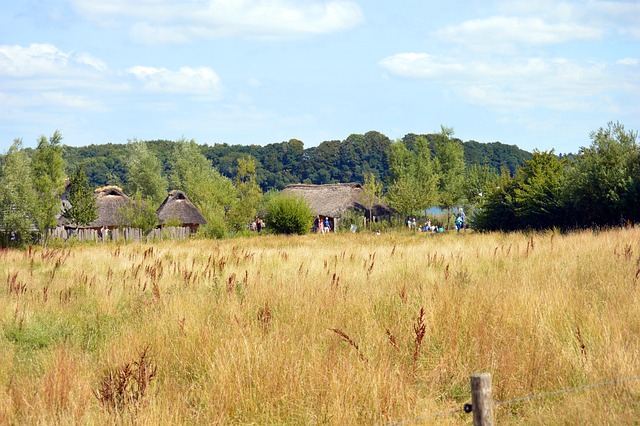Unveiling Fort Louisbourg
Fort Louisbourg, located on Cape Breton Island in Nova Scotia, stands as a testament to Canada’s colonial history. This iconic fortress, established in the early 18th century, served as a fortified town and an important military post for the French. Its rich past intertwines with significant historical events, including numerous conflicts between France and Britain.

Colonial Roots and Conflict
Constructed between 1720 and 1740, Fort Louisbourg was once one of the largest and most sophisticated forts in North America. Its design was characterized by robust stone walls, bastions, and intricate buildings that mirrored French architecture of the time. The fort played a crucial role during the French and Indian War, as it was captured by the British in 1758, marking a decisive shift in control over the area.
A New Era of Preservation
In the 20th century, a restoration project commenced, transforming Fort Louisbourg into a National Historic Site of Canada. Today, visitors can explore the reconstructed streets, interact with historical reenactors, and learn about life in the 18th century. The site continues to attract tourists, scholars, and history enthusiasts, bridging the past and present.

Conclusion: A Living Legacy
The significance of Fort Louisbourg extends beyond its physical structure; it embodies the complex history of colonial Canada. Visiting this remarkable site offers a glimpse into the nation’s heritage while fostering an appreciation for the struggles and triumphs of early settlers.
Explore the layers of history at Fort Louisbourg and immerse yourself in the vibrant stories of those who came before us.





